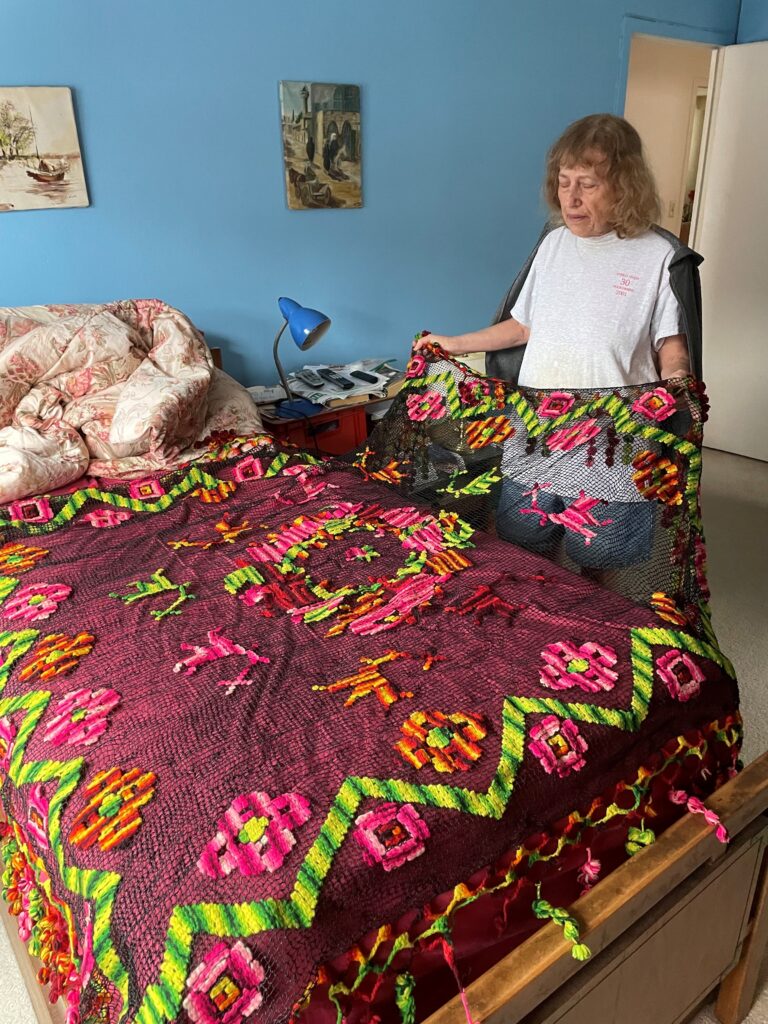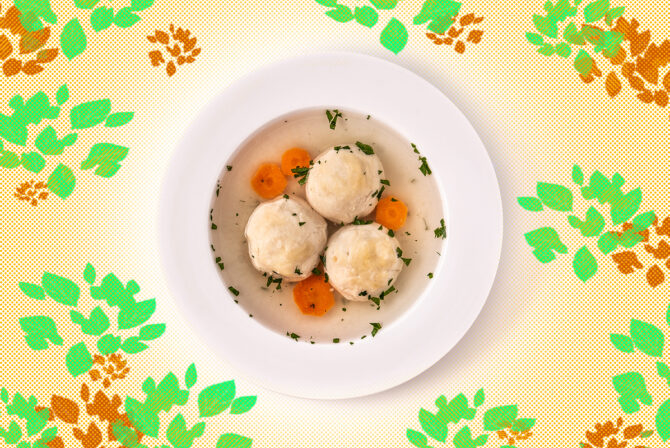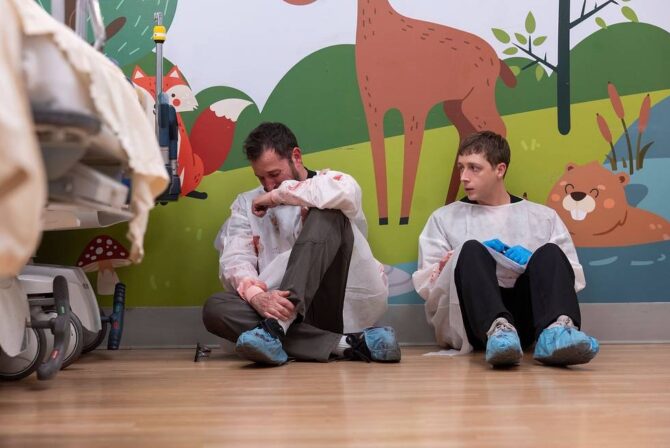My mother’s closet is filled with a lifetime of acquisitions that have remained unculled for over 40 years. She spent a lot of time in her apartment during COVID, and I suppose spending so much time with her stuff made her want to organize it.
This past summer, my mother asked me to dedicate my weekly visits to help her go through her things, beginning with her bedroom closet. The shelves towered up so high I needed to stand on a chair to reach the top right corner where she wanted to begin. I’d scoop a pile into my arms, climb down and bring the contents to her bed. There she would start sifting and sorting —separating into give away, keep and try on.
Every item was accompanied by a story. “This top I brought with me from Israel, this pleated skirt I used to wear to work all the time, this dress used to be my favorite to go out in.” She encouraged me to try on what I liked, helping me scratch a shopping itch I had been unable to satisfy during COVID. My favorite take home pieces were a red velour sweatshirt top with puffed ruched shoulders, a blue and white buttery soft striped crop top and a retro green dress accented with pink, white and yellow geometric shapes and flared short sleeves. Going to a Jewish Orthodox K-8 school I felt very stifled by the limited dress code. I was never afraid of making a statement. Going through her bold and boisterous wardrobe from decades earlier, I realized I get that flair from my mother.
When we were almost done with the top two shelves, four visits in, I noticed a sealed garment bag tucked in the back left corner behind a messy pile of gym shorts. The bag was slightly opaque but I could see a quilt folded inside. I knew the quilt was a family heirloom, but I didn’t know all the details behind how it ended up in my mother’s closet.
For the first time, I asked her to tell me the story.
The throw was hand-made by my great-grandmother. My great-grandmother was born in Poland. Her son, my grandfather Mordechai, was raised in a Polish shtetl. When Mordechai was a boy, he got sick, and his aunt Ethel, who had left Poland for America at the beginning of the 20th century, sent money to her sister to help pay for my grandfather’s medicine. As a thank you to Aunt Ethel, my great-grandmother made the quilt and sent it to America. About a decade later, the Nazis invaded Poland and my grandfather never saw his mother, his father or four of his five siblings again. He was eventually reunited with one brother who was already in the British Mandate in Palestine when World War II broke out.
I asked my mother if we could take the blanket out — I had never seen it opened up. We carefully coaxed it out of the bag together and spread it across her bed. Perhaps I am biased, but it is one of the most beautiful things I’ve ever seen. I cried as I ran my fingers across the needle point stitching. It was so detailed, the colors so vibrant. Shades of hot pink, highlighter orange, fiery red, bright sunny yellows and meadow greens. Knowing that the delicate thread was woven with gratitude and hope made it all the more stunning.
My great-grandmother was probably younger than me when she made the quilt. She could not have imagined that her American great-granddaughter would be admiring it almost a century later. It occurred to me in that moment that my love of color and artistic expression runs deeper in my lineage than I realized.
My great-grandmother would never know before she was killed if any of her children would survive the war. My mother immigrated to the U.S. from Israel in the 1970s, and her great aunt Ethel gave it to her then, feeling the quilt belonged with my mother. One day it will be mine.
My husband and I chose not to have children. Most days I feel very good about that choice. But every path we walk down leaves another untouched. I wish I had someone to pass the quilt on to that will cherish it as I do. Going through my mother’s things with her has made me think about what that process will look like for me when I reach that stage of my life. For the first time, I truly mourned that I would not have a child to whom I could pass on my family treasures. Further, I started thinking more deeply about what a legacy means to me.
For some, a legacy is defined by the creation of the next generation. But our legacy is also the words we write. And the art we make. The ripples of the joy created by the love we put into our relationships. Maybe a legacy is simply to leave something beautiful behind. And maybe everyone can appreciate the beauty of my great-grandmother’s quilt, even if they don’t formally inherit it.









